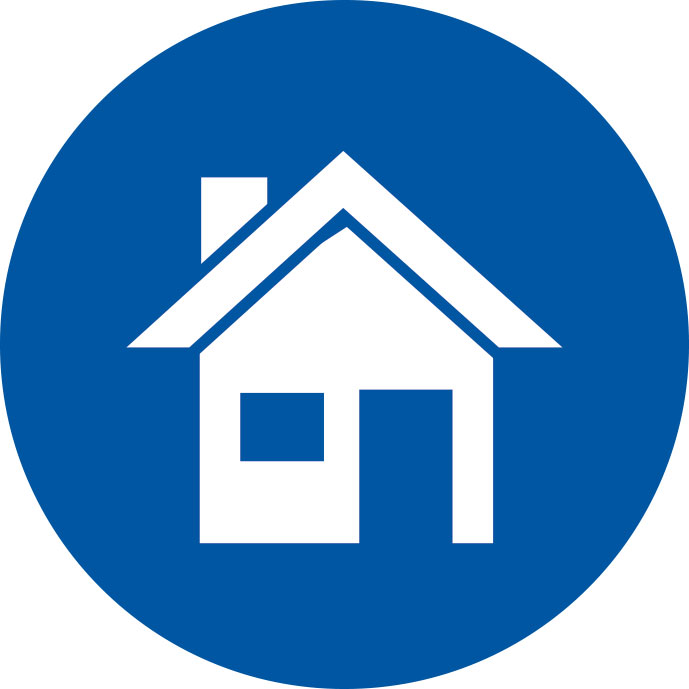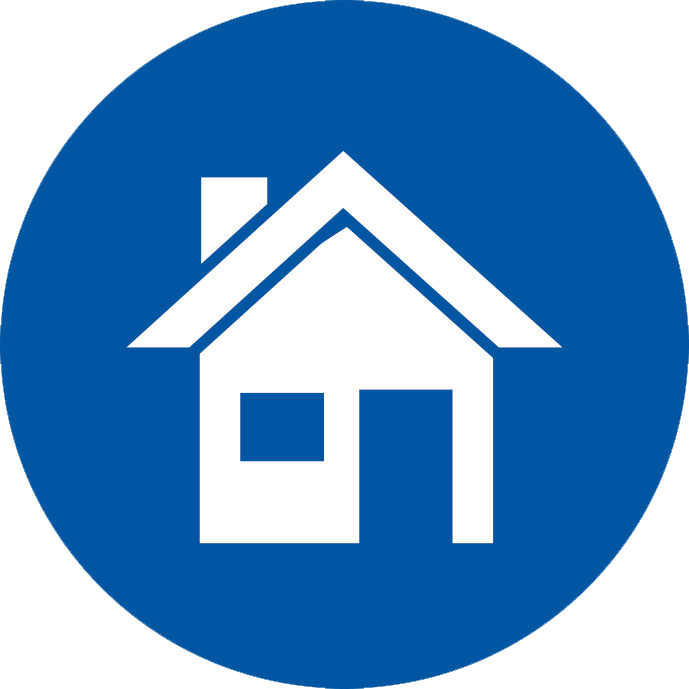TRACK ONE
 A. Moving the Dial on Pain
A. Moving the Dial on Pain
Michelle McGinty-Stober, RN, BSN, CEO, Senior Care Solutions
The scope of the problem of pain management in the elderly residing in nursing type facilities is staggering. Generally, it is assumed that pain negatively affects quality of life and must be vigorously addressed when it occurs. Unfortunately, there are many barriers and myths to effective pain management for healthcare professionals, within the healthcare system, and for elders and their families. Healthcare professionals often have inadequate knowledge of pain management strategies and lack current skills to assess and address pain. Elders may underreport pain, or over report pain with fear of pain medications being taken away. This session will focus on pain assessment, and education for residents and their representatives for a more accurate picture of this serious quality measure.
 B. Minnesota Department of Human Services Nursing Facility Quality Programs & Measures
B. Minnesota Department of Human Services Nursing Facility Quality Programs & Measures
Valerie Cooke, BA, BS, Director, Nursing Facility Rates and Policy, Minnesota Department of Human Services
Quality has been integrated into the Minnesota Reimbursement System. This session will review Performance–Incentive Payment Program (PIPP), Quality Improvement Incentive Payment (QIIP), and Value-Based Reimbursement (VBR). Understand how measures are calculated, where to find quality scores, and what successful projects have in common, in addition to recent developments.

C. Live Well at Home CANCELLED
Elaine Spain, Minnesota River Area Agency on Aging
TRACK TWO
 A. Infection Control Assessment and Response Program ( ICAR)
A. Infection Control Assessment and Response Program ( ICAR)
Mary Ellen Bennett, MPH RN, Nurse Specialist / Infection Control Assessment and Response Program (ICAR), Infectious Disease Epidemiology, Prevention, and Control, Minnesota Department of Health
ICAR is a CDC-sponsored program focused on supporting state-driven efforts to improve infection prevention and control capacity nationally. The Minnesota Department of Health has a state ICAR program that partners with nursing facility infection preventionists to assess key infection prevention domains, identify focus areas, provide resources, and offer ongoing consultation. This session will describe the program and benefits to health care facilities.
 B. Measuring Quality & Resources
B. Measuring Quality & Resources
Todd Bergstrom, Director of Research & Data Analysis, Care Providers of Minnesota
This session will provide an overview of the numerous quality measures employed by the many State, Federal, and Association programs designed to incentivize nursing facility quality and promote transparency.
 C. Hospice and Palliative Care in Assisted Living Settings: Balancing Risk and Reward
C. Hospice and Palliative Care in Assisted Living Settings: Balancing Risk and Reward
Lisa Abicht-Swensen, MHA, LNHA, Director of Home Health, Hospice and Community-Based Services, Pathway Health
Assisted living communities will often espouse a philosophy of “aging-in-place,” enabling clients to receive increasing levels of care without leaving the community. Successfully accommodating clients through end-of-life requires a partnership with a provider skilled in managing pain and symptoms that can accompany the dying process. This session will review hospice and palliative care services, identify strategies to minimize risks inherent in embracing “aging in place” for clients, and outline “best practices” in establishing partnership practices and expectations with hospice/palliative care partners.
TRACK THREE
 A. Pressure Ulcers: Reducing Litigation and Regulatory Risk
A. Pressure Ulcers: Reducing Litigation and Regulatory Risk
Jeri Lundgren, RN, BSN, PHN, CWS, CWCN, CPT, President, Senior Providers Resource
An in-house acquired or declining pressure ulcer puts providers at risk for regulatory citations and litigation. The burden on the provider is to demonstrate that the development or decline of a pressure ulcer was unavoidable. The skin inspection, risk assessment and interventions that are implemented within the first 24 hours of admission are critical. The accuracy of the on-going assessments and timely interventions with updates to the plan of care are essential. This session will assist in ensuring your pressure ulcer program meets regulatory guidance for F-314, as well as standards of practice to minimize regulatory and legal risk.
 B. Tracking and Preventing Rehospitalizations
B. Tracking and Preventing Rehospitalizations
Patti Cullen CAE, President/CEO, Care Providers of Minnesota
Providers across the continuum are being measured in a variety of ways for re-hospitalizations. This session will review the various ways re-hospitalizations are being measured; penalties that will happen for higher rates; where and how providers can check their re-hospitalization rates; and what strategies providers should consider to actively manage their re-hospitalizations.
 C. Customer Satisfaction and CoreQ
C. Customer Satisfaction and CoreQ
Judy Hoff, RN, BSN, MA, CEO, Healthcare Academy
Erin Moonen, Director of Operations, Healthcare Academy
Improving customer satisfaction is one of the goals for the Quality Initiative and is vital for success. AHCA/NCAL launched the CoreQ customer satisfaction measure, which it developed, and added it to Long-Term Care Trend Tracker for both assisted living and skilled nursing members. This session will include an overview of the CoreQ. Learn techniques on how to increase your customer satisfaction, and incorporate basic QAPI tools in your development.
The Quality Symposium is designed to comply with the Housing with Services Manager continuing education requirements.